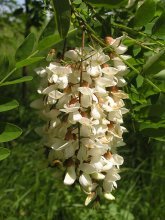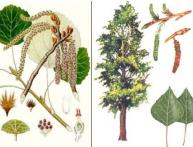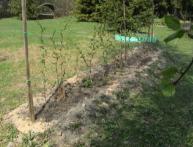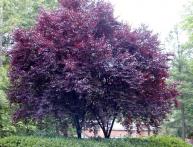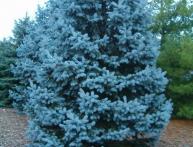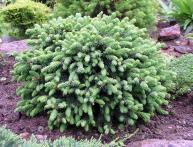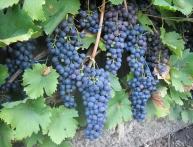Fastest growing tree for growing in temperate climates
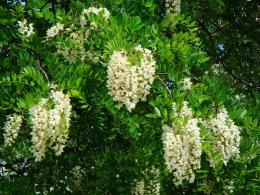
There are many plants on earth that produce large annual growth. Everyone has heard about the growth rate of bamboo. It's hard to even believe that bamboo - grass. There are fast-growing plants among both shrubs and trees. Among the leaders in growth rate are eucalyptus and paulownia. But these trees grow in open ground in places with a warm, humid climate. You can choose the fastest growing tree for growing in temperate climates.
Content:
- Choosing a fast-growing tree for temperate climates
- Robinia or pseudoacacia
- How to plant and grow Robinia false acacia
- Caring for Robinia
Choosing a fast-growing tree for temperate climates
The fastest growing trees include species that grow up to 2.0 meters per year. In regions with moderately warm summers and cold winters, you can choose from the following types:
- pyramidal poplar
- ash green
- birch
- willows of different types
- Robinia pseudoacacia
- Manchurian walnut
All of these fast-growing trees have their pros and cons. When making a choice in favor of one or another plant, you need to compare the size of the site with the size of an adult tree, as well as with the purposes for which the plant will be planted. If the area is too wet, then poplar, Manchurian nut or willow will help to “dry” it a little. Weeping willows look great near a garden pond.
Ash and birch trees are suitable for decorating garden alleys.If almost any fast-growing tree is suitable for large areas, then for small areas the plant must be chosen more carefully.
In this case, the tree should not only grow quickly, but also be a decoration of the garden, attract attention with its appearance, and allow other plants to exist nearby. In this case, one of the best fast-growing trees will be Robinia or, as it is popularly called, white acacia.
Robinia or pseudoacacia
This deciduous tree can be called the ideal plant among all fast-growing trees. It appeared in Europe after the discovery of America. Robinia grows wild throughout the deciduous forests of Georgia, Pennsylvania, and Oklahoma. In Europe, it quickly took root and spread; many mistakenly consider it a European native species.
Fairly light Robinia bark and a tiered, openwork crown will add lightness and sophistication to any area. The bark on young shoots is smooth, with thorns, on adult trunks and branches bark has long cracks. The oval leaves are odd-pinnate, light green in spring with silky down. In summer, the leaves are rich green, with a bluish tint below.
Flowers are collected in 17 - 20 pieces in drooping long racemes. Their color is white or pale pink. The smell of the flowers is so pleasant that romances are written about the fragrant clusters. Like most representatives of the legume family, the fruit of Robinia is a bean, up to 12 cm long.
For many gardeners, Robinia false acacia is a real find. It is very resistant to lack of moisture and is undemanding to soil fertility. It is quite frost-resistant, but even when the shoots freeze, it recovers very quickly.Mature trees tolerate low temperatures better and can die only at -40.
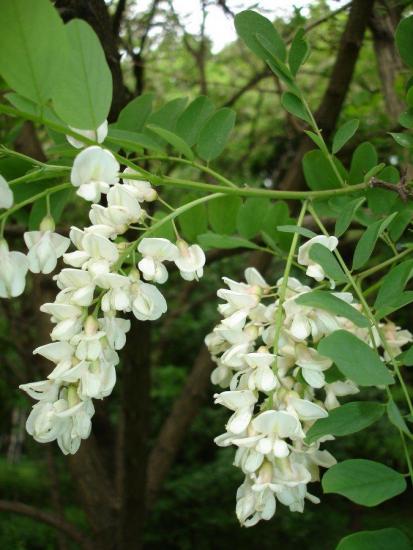
Long roots give the plant high wind resistance. Wood tolerates highly polluted air and dust. Therefore, it grows well near highways, industrial enterprises and railways. Thanks to root nodules that bind atmospheric nitrogen, it can enrich the soil with this important element.
The presence of decorative forms makes this possible fast growing The tree is also attractive for garden designers. Growing Robinia on your own is not at all difficult.
How to plant and grow Robinia false acacia
Robinia reproduces well by seeds or root suckers. The planting time is spring, since during autumn planting the plant will not have time to take root and sufficiently grow the root system. It is advisable to grow Robinia in good light and with protection from the north wind.
Before planting, the seeds of this plant should be immersed in boiling water for 10 seconds and then immediately placed in ice water. This treatment will make the seed shell softer, which will allow them to germinate quickly. You need to sow the seeds immediately after processing. They do this in pots at the beginning of March, and at the end of April they plant them in a greenhouse. As soon as the air temperature reaches + 18 + 20 degrees, the tree is transplanted into an open bed for growing.
Video on how to properly grow black locust:
The planting area is well dug up and either wood ash, old slaked lime, or dolomite flour is added. It is advisable to add sand to heavy clay soil. If there are several seedlings, then the distance between them should be left at least 0.3 meters.In the first year, a seedling obtained by seed can reach a height of 1 m and even grow several side branches.
The following spring, before the buds open, such a seedling is transplanted to a permanent place. If for landings When root shoots are used, planting is also done in the spring, before the buds open. Regardless of the method of obtaining a seedling, caring for the plant is approximately the same.
Caring for Robinia
In the first year after planting a false locust seedling, it is important to systematically weed and carefully remove weeds. In addition, in order for the plant to take root well, it must be watered regularly. One plant needs 1-2 buckets of water at least once a week. After watering, the ground under the bush is mulched with a mixture of soil and sand.
During the entire growing period, the tree trunk circle under the tree must be kept clean. In addition, the plant needs complex mineral supplements throughout the season. They need to be produced twice a month. In the temperate climate of the middle zone, this plant has practically no pests.
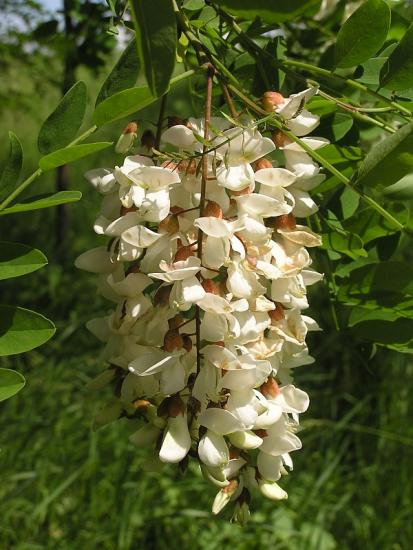
They threaten pseudoacacia only in southern regions with warm climates. Separately, it should be said that Robinia not only grows quickly and is highly decorative, it is also an excellent honey plant and medicinal plant.


